Our understanding of glaucoma and how to manage it is built on years of dedication and commitment from experts around the world whose pioneering discoveries have advanced our understanding of disease management and diagnosis.
Resistance to aqueous humour outflow, caused by dysfunction and degeneration in the trabecular meshwork, is considered a major cause of intraocular pressure (IOP) elevation,1 and is a key focus of ongoing scientific research in the field.
400BCE
Hippocrates first defines glaucoma
First mentioned in Hippocrates’ Aphorisms, glaucoma was described as ‘glaykoseis’ – a blindness in the elderly. 2, 3
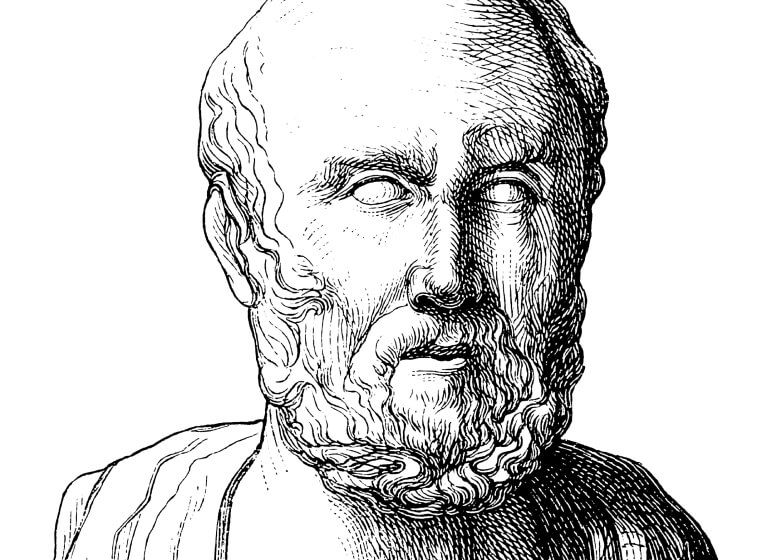
Hippocrates
400BCE - 1600CE
The term, glaucoma, appears in many early medical texts but with little to no detailed information. 2

1626CE
Richard Banister recognises intraocular pressure (IOP)
English oculist Banister establishes the increased pressure in the eye as a sign of ocular disease. 2
1707CE
Michel Brisseau discovers the anatomical site of cataract
This discovery accelerated the search for the site of glaucoma, and lead to further investigation into the differences between cataract and glaucoma. 2
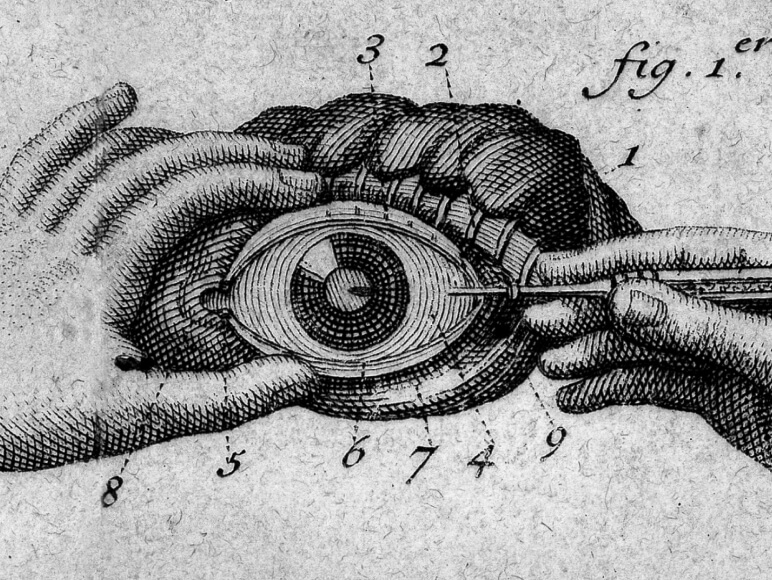
Site of cataract © See page for author, CC BY 4.0, via Wikimedia Commons
1738CE
Johann Platner notices hardening of the eye due to glaucoma
This built on previous work in the field and was a clear reference to elevated IOP. 2
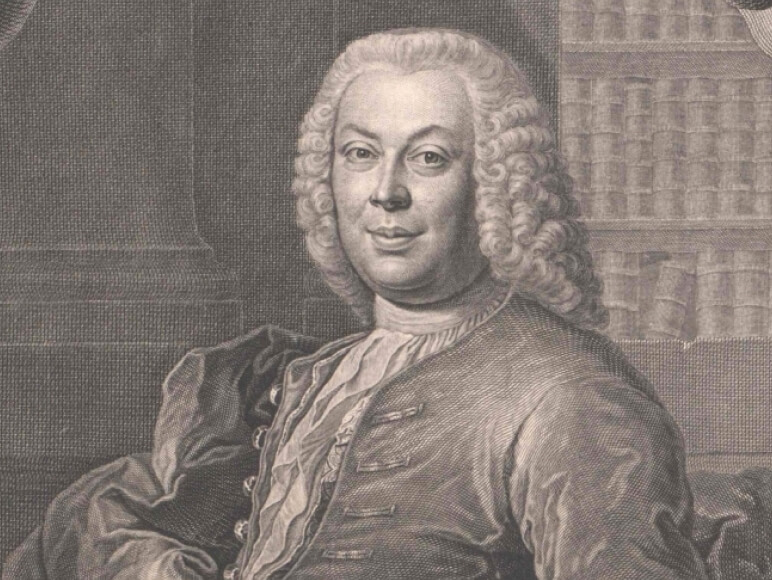
Johann Platner
1741 - 1826CE
Charles Saint-Yves and Carl-Heinrich Weller identify clinical features of acute glaucoma
These included recurring attacks of blurred vision which are known to precede advanced glaucoma. 2

Publication by Charles Saint-Yves © Sinice, CC BY-SA 3.0, via Wikimedia Commons
1830 - 1845CE
William Mackenzie defines the difference between acute and chronic glaucoma
This discovery then led to chronic glaucoma being described across 6 progressive stages, and a recommendation from Mackenzie to use a form of surgery (posterior sclerotomy) to relieve hardness in the eye due to glaucoma. 2
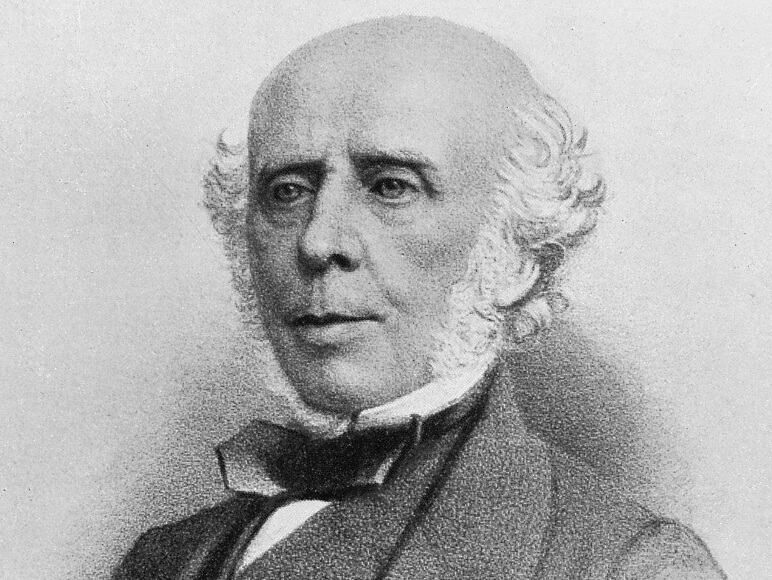
William Mackenzie © John Dixon Comrie, CC BY 4.0, via Wikimedia Commons
1741 - 1854CE
Eduard Jaeger, Albrecht von Graefe and Adolf Weber make great strides in our understanding of glaucoma
In a year of great progress, Jaeger was the first to place a record the appearance of a round structure around the optic nerve (glaucomatous disc) in glaucoma. 2
Just a few months later von Graefe observed the prominence of small anatomical projections (papilla) in glaucoma – a useful indicator for elevated IOP at the time. This led Weber to investigate further, leading to several significant contributions later in life which transformed our understanding of the mechanism of glaucoma. 2
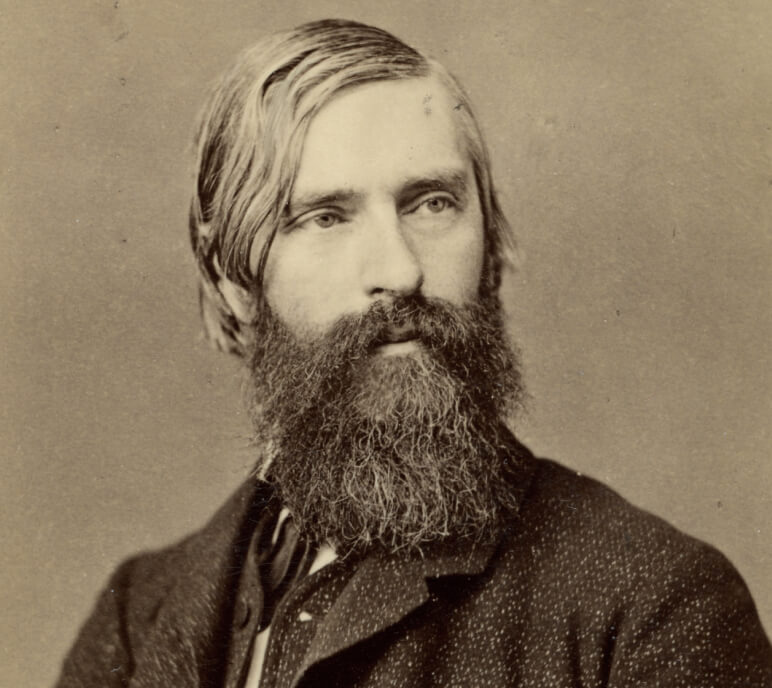
Albrecht von Graefe © UZH Archives, Public domain, via Wikimedia Commons
1856 - 1858CE
Albrecht von Graefe and Louis De Wecker discover that removing a portion of tissue from the iris (iridectomy) was effective in managing acute glaucoma
Two years later De Wecker presented another surgical procedure, sclerotomy, for chronic glaucoma. 4
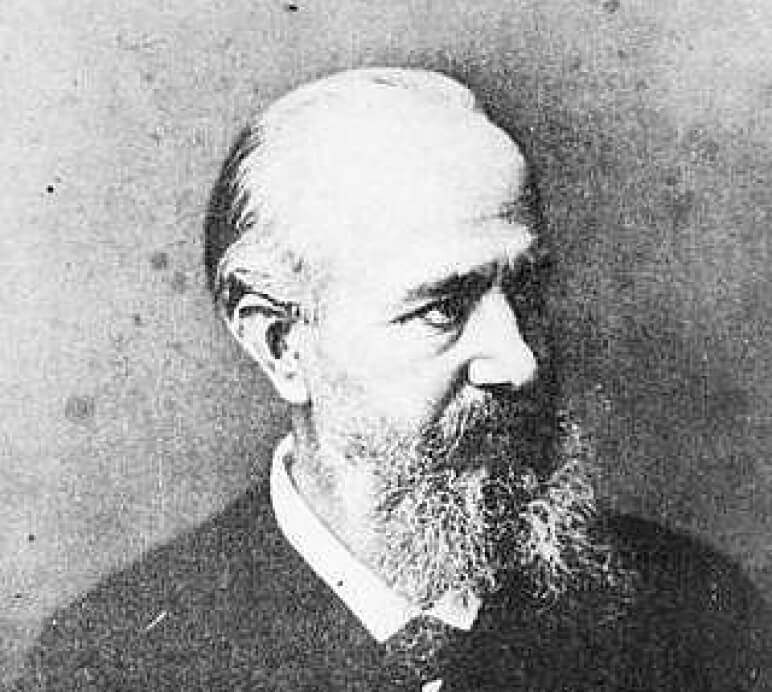
Louis De Wecker © Philgayat, CC BY-SA 4.0, via Wikimedia Commons
1876CE
Ludwig Laqueur, a student of von Graefe, uses eserine (physotigmine) as the first ever glaucoma drug
The Efik tribe, who lived in what is now known as the Calabar province in Nigeria, used the calabar bean – or the “ordeal bean” to dilate the pupils. Laqueur noted that it also lowered IOP and broke one of the few true ophthalmic emergencies, angle closure attacks.
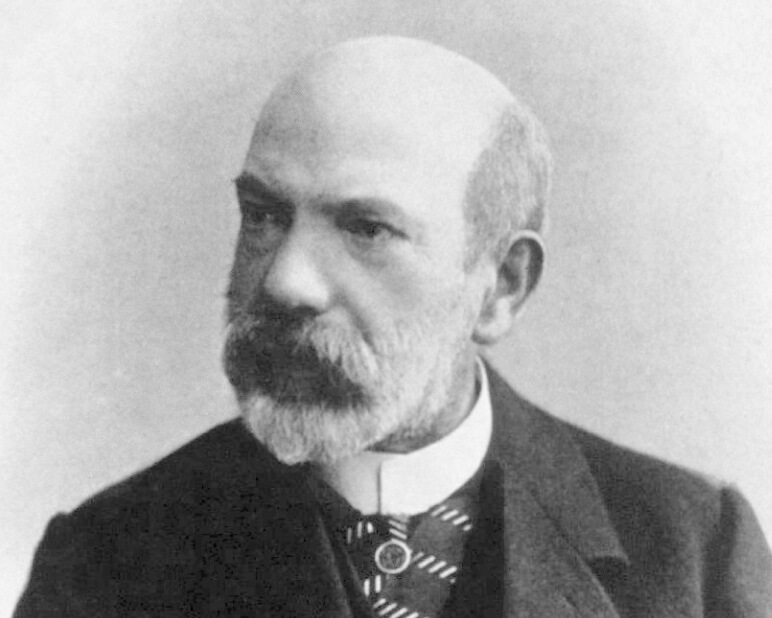
Ludwig Laqueur © Unknown author, Public domain, via Wikimedia Commons
1911CE
Allvar Gullstrand and Carl Zeiss invent the slit lamp, an important tool for detecting eye disease, using the Nernst electric bulb
Numerous adaptations were made in the following years, leading to slit lamps remaining an important tool in glaucoma diagnosis. 5
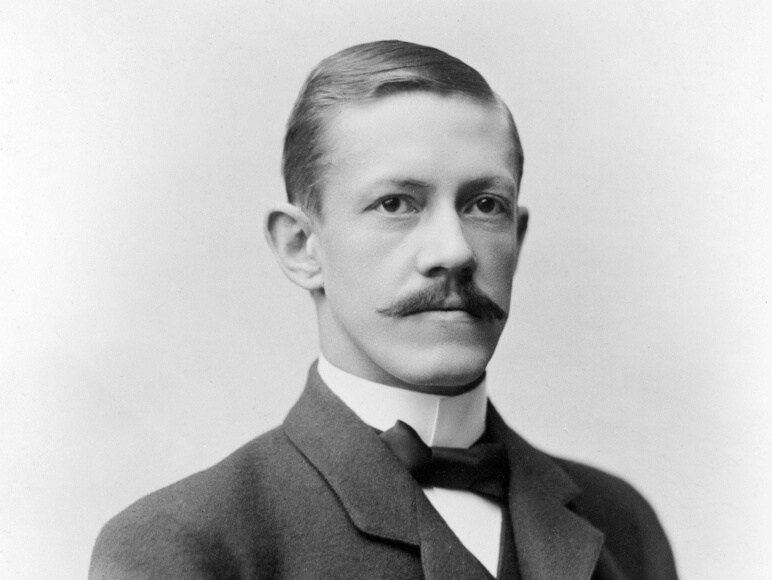
Image by Aamir Kamal Via The Royal College of Ophthalmologists

1970s CE
Peter Gordon Watson and John Cairns develop the trabeculectomy surgical procedure
Trabeculectomy continues to be a mainstay in glaucoma surgery today. 6
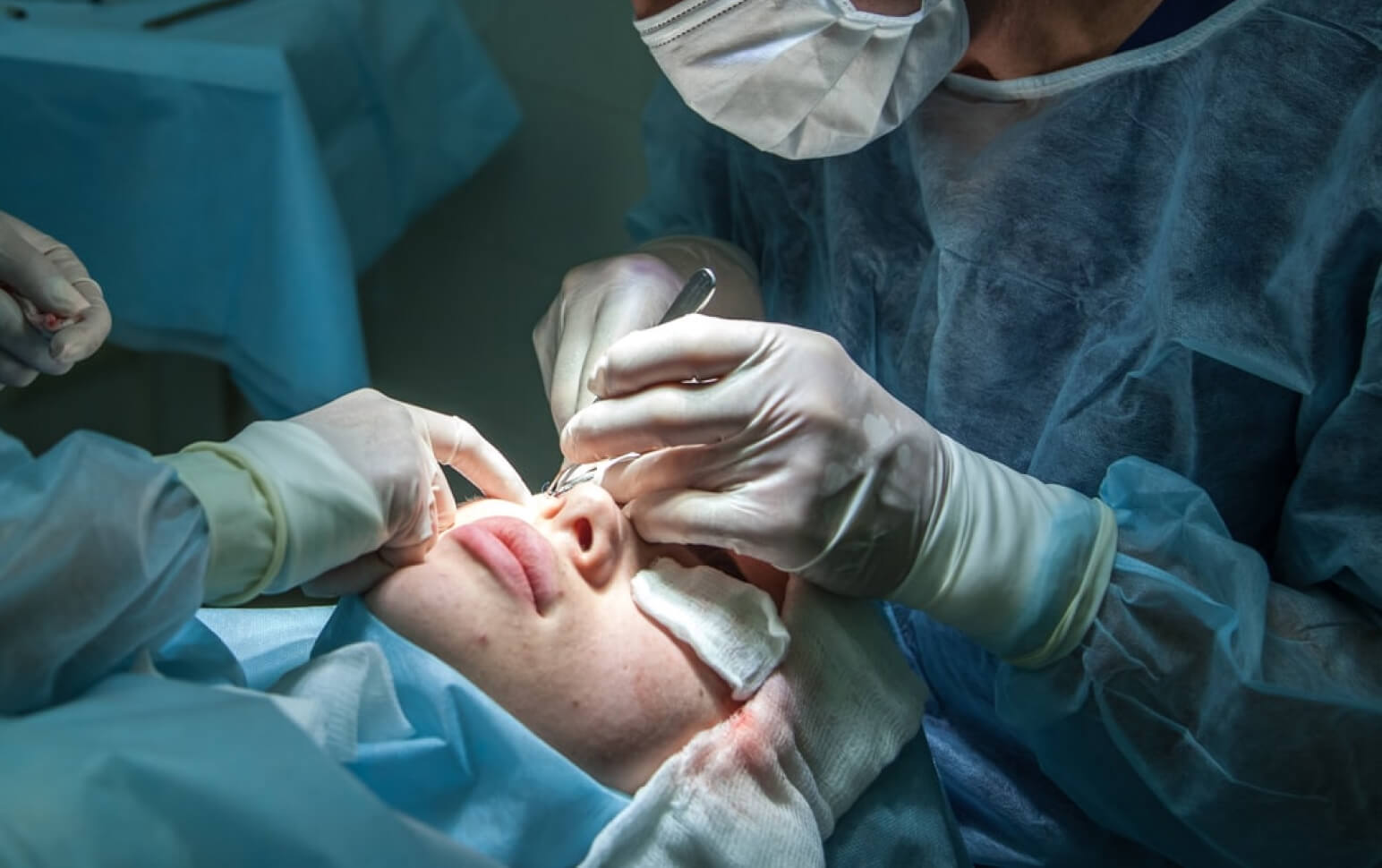
1978CE
Jules Francois, Wolfgang Leydhecker and Erik Greve establish the European Glaucoma Society
The first ever invitation for a European Glaucoma Society meeting was sent to glaucoma specialists representing all European countries. 7

Ghent, the city where the founders met
1983CE
Rangaswamy Srinivasan and Stephen Trokel perform the first photorefractive keratectomy, a procedure using a laser to correct eye defects. 8
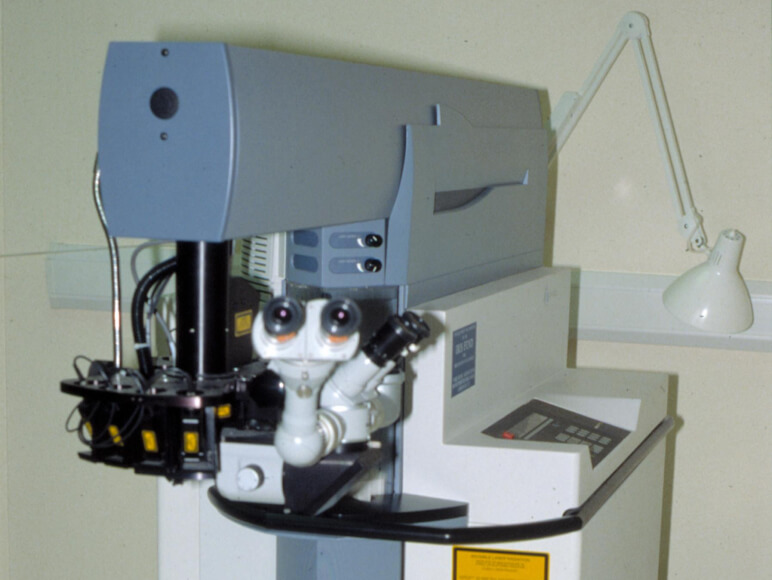
Excimer laser © IoOALP, CC BY-SA 4.0, via Wikimedia Commons
1982 - 1996CE
Bito and Camras discover the role of prostaglandin analogues in glaucoma management
This was discovered incidentally whilst investigating the inflammatory cascade. The pair discovered the role of this mainstay of glaucoma management incidentally, whilst investigating the inflammatory cascade. 9
1999CE
LASIK (Laser-assisted in situ keratomileusis), first invented by Ioannis Palikaris is made available to the public
The procedure, first developed a decade earlier, is now the procedure of choice for correcting refractive errors. 8

2014CE
In memory of David Epstein who made critical contributions to glaucoma in many areas
The focus of his research was identifying targets within the trabecular meshwork for therapeutic intervention. 10
Nominate A PIONEER IN GLAUCOMA
There have been many, who in pursuit of a life free from vision loss, have contributed to our collective understanding of glaucoma.
We’ve made a start but need your help to complete the history of ground-breaking progress in glaucoma. Get in touch with the name(s) and discover(ies) of pioneers. Submissions will all be assessed for inclusion on this page.
EmailNot sure who to nominate? Share with your network to see which other pioneers or developments should be represented.
Santen is committed to protecting and respecting your privacy, and we’ll only use your personal information to keep you updated with developments to the pioneers in glaucoma timeline.
You can unsubscribe from these communications at any time. For more information on how to unsubscribe, our privacy practices, and how we are committed to protecting and respecting your privacy, please review our Privacy Policy. By clicking submit below, you consent to allow Santen to store and process the personal information submitted above to provide you the content requested.

Our Mission

Santen is committed to supporting people with glaucoma and their ophthalmologists
For over a century, Santen has been committed to protecting the precious sense of sight from diseases like glaucoma, which is growing in prevalence and predicted to affect over seven million people in Europe by 2040. 11
Faced with issues around adherence, often caused by ocular surface disease (OSD),12 ophthalmologists work with medical treatment options that have stayed broadly the same for the last 25 years.
We’re not afraid to challenge the status quo in glaucoma management. In pursuit of better eye health for all, our long-term mission is to build a portfolio that supports ophthalmologists in meeting the diverse needs of their patient population and address these challenges.
News & Resources
- Buffault J, et al. The trabecular meshwork: Structure, function and clinical implications. A review of the literature. J Fr Ophthalmol (2929) 43(7):e217-230
- https://entokey.com/the-history-of-glaucoma/
- https://docksci.com/the-early-history-of-glaucoma-the-glaucous-eye-800-bc-to-1050-ad_5a64cb5ed64ab22fc8a82a69.html
- https://pubmed.ncbi.nlm.nih.gov/21131879/#:~:text=Many%20new%20surgeries%20have%20been,filtration%20(cyclodialysis)%20was%20developed
- https://eyesurgeon.sg/the-history-of-the-slit-lamp/
- https://journals.lww.com/internat-ophthalmology/Citation/2018/05830/Trabeculectomy__A_Brief_History_and_Review_of.9.aspx#:~:text=Trabeculectomy%2C%20initially%20described%20by%20Cairns,gold%20standard%E2%80%9D%20for%20filtration%20surgery
- https://www.eugs.org/eng/history.asp
- https://www.oclvision.com/blog/who-invented-laser-eye-surgery/
- https://www.aao.org/annual-meeting-video/history-of-glaucoma-medications
- https://iovs.arvojournals.org/article.aspx?articleid=2189968
- Tham Y-C, et al. Global Prevalence of Glaucoma and Projections of Glaucoma Burden through 2040: A Systematic Review and Meta-Analysis 2014;121:2081–90
- Kaštelan S, Tomić M, Metež Soldo K, Salopek-Rabatić J. How ocular surface disease impacts the glaucoma treatment outcome. Biomed Res Int. 2013;2013:696328. doi:10.1155/2013/696328

